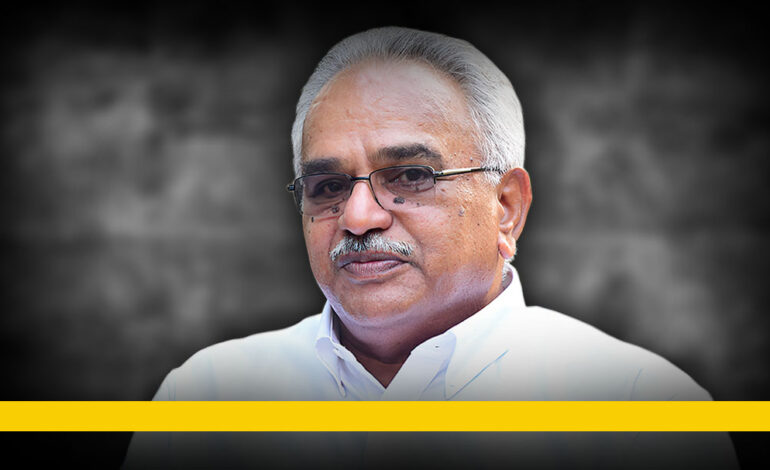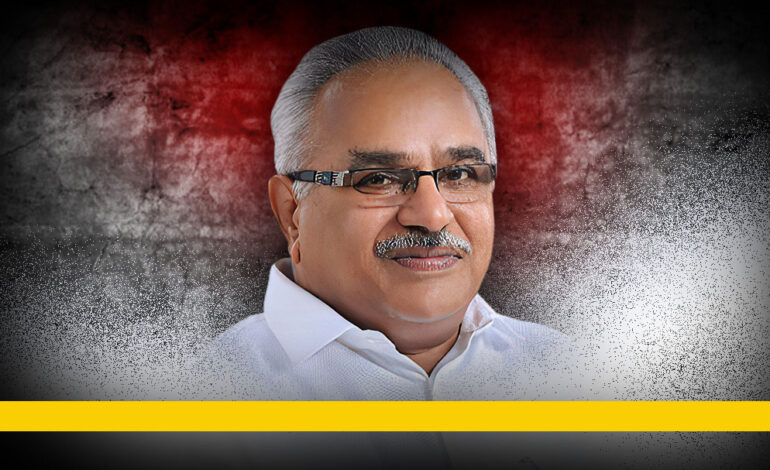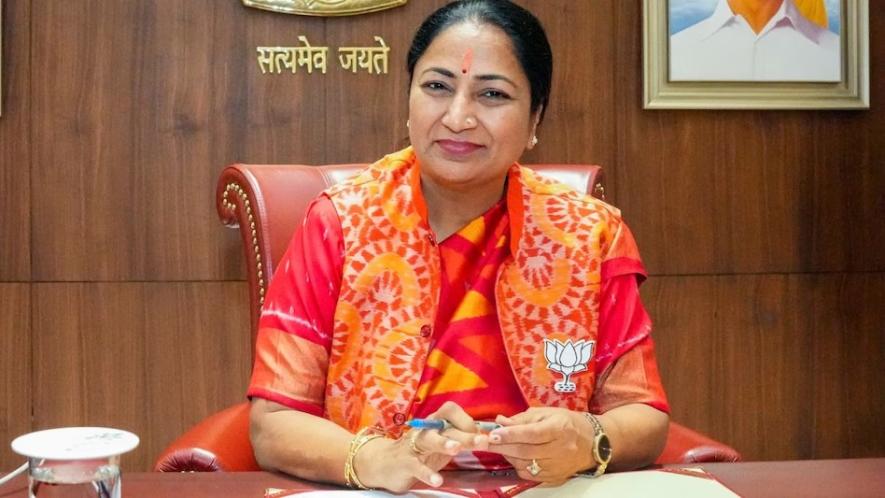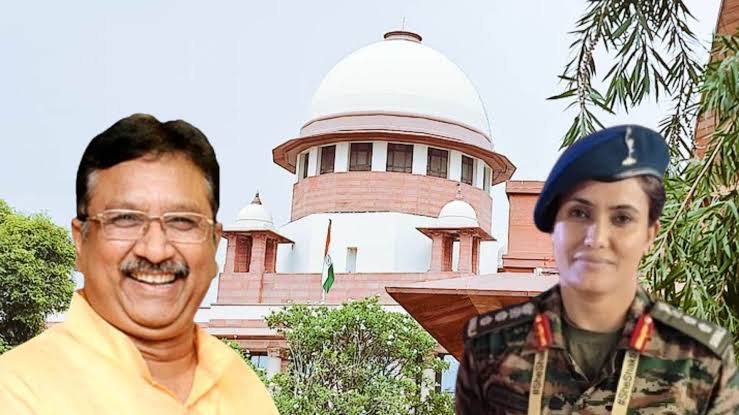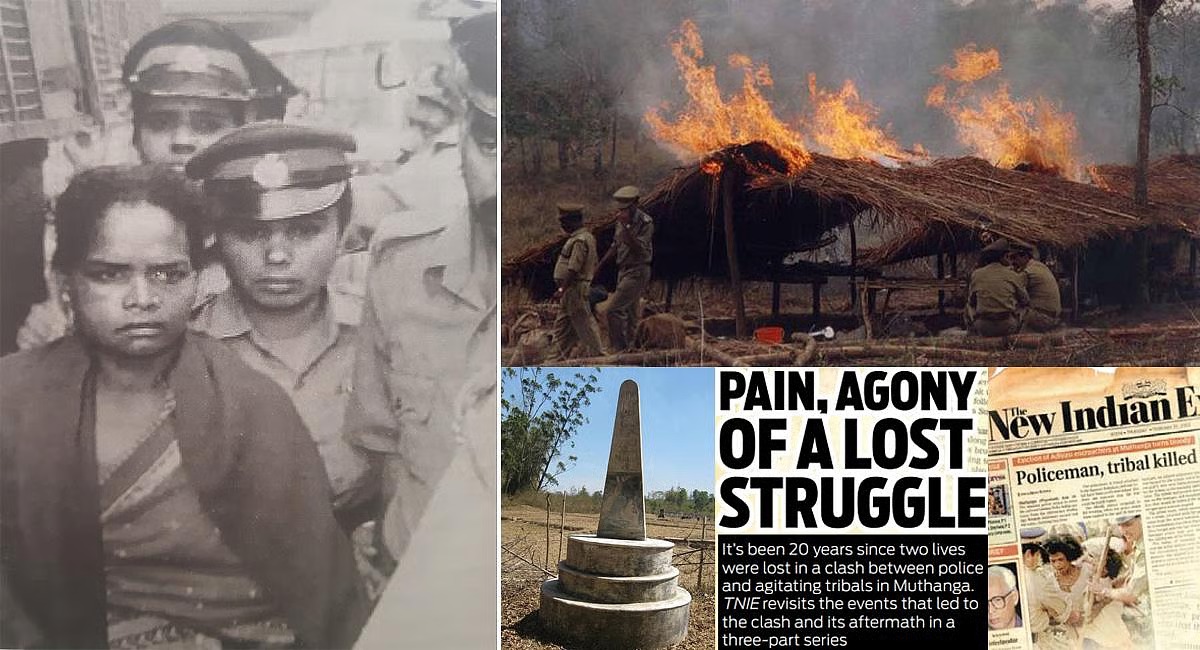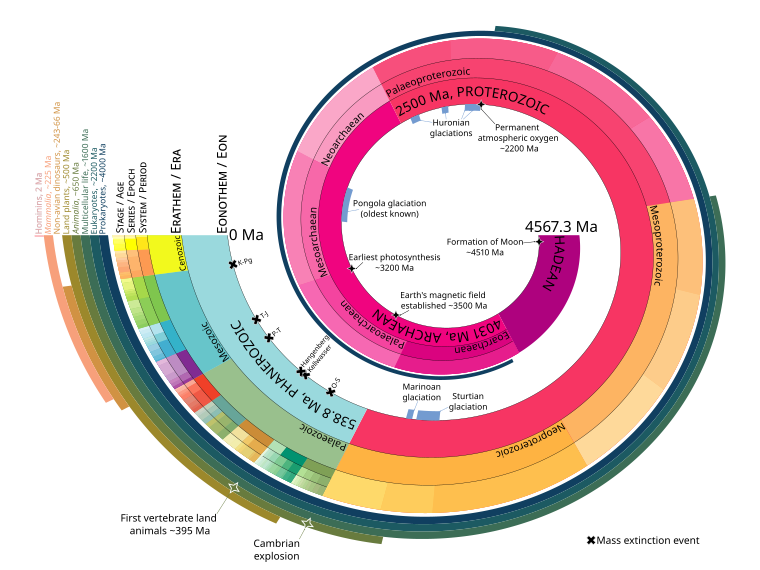A Himalayan Plea for Climate Action, an AI Challenge and a Letter from 1000 Scientists Plus CEOs
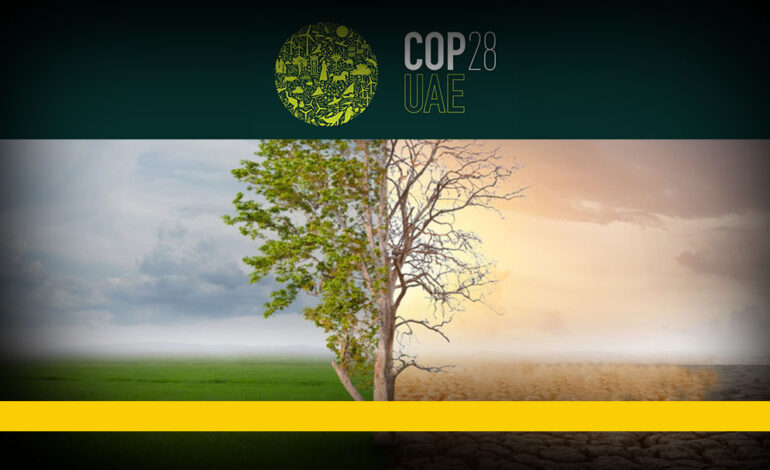
The UN Climate Change Technology Executive Committee (TEC) launched an AI challenge for climate solutions at the venue of COP 28 yesterday. Titled, AI Innovation Grand Challenge, this is about an ambitious dream to develop AI-powered solutions for climate action.
Just days before The COP 28 summit began and the world refocused its attention to the complex climate negotiations on how to limit global warming within the 1.5 degrees threshold, a report came out that declared 2 degrees warming is too high for the Himalayas. The State of the Cryosphere Report 2023 brought out by the International Cryosphere Climate Initiative (ICCI) portends the destruction of the Hindu Kush Himalayas if 2 degrees warming occurs.
What transpires from this report is loud and clear. If the world wants to keep the Himalayan glacial ice intact, the only option is to limit the warming within 1.5 degrees.
On the cover page of the report itself, there is overflowing gloom and doom, as this sentence in bold letters stops the reader in a suffocating grip, “We cannot negotiate with the melting point of ice.”
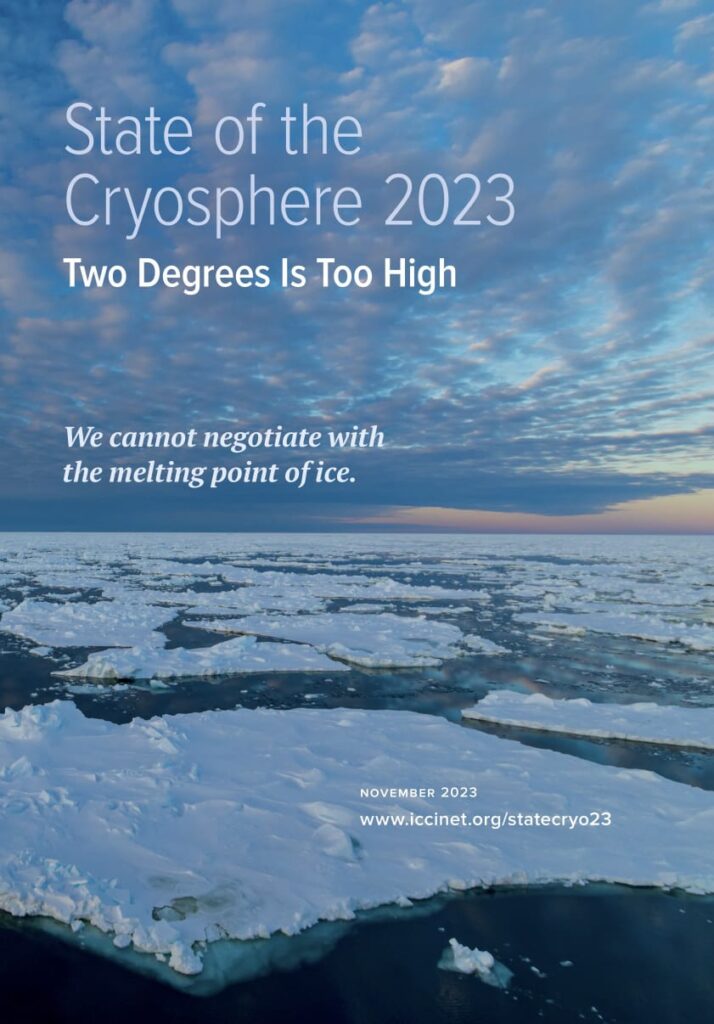
Once again, sadly, the report proves that it is not the perpetrators of climate change who fall as its victims, but those who contribute the least to this catastrophe.
When the Glaciers Melt
Once the glaciers melt at a quicker pace, there will be immediate flooding of the Himalayan rivers. As a consequence, all the water that eventually reaches the ocean will cause drastic sea level rise. This is the phenomenon that scientists call a “global ice emergency.” On the list of cities and regions that the rising sea will first swallow up, we have Mumbai, Karachi, and Dhaka. The estimated timeline for this to happen is by 2050.
Millions of people live in the Himalayan mountains and the foothills. As pointed out by scientists, they are the most benign part of our civilization when viewed from the climate change angle because they are the people with the least carbon footprint among us. They have lived there for centuries in harmony with nature and causing the least damage to their ecosystems. They do not have cities, multistory buildings, road networks, airports, or factories that give out greenhouse gases to the atmosphere. Nonetheless they will bear the brunt of glacier melting in the form of deaths by disaster, floods, droughts, livelihood loss, avalanches, habitat loss, food insecurity and much more.
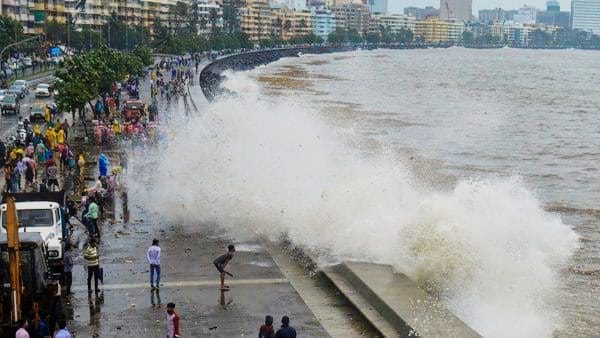
Cryosphere is the term used to describe the entire stretch of the surface of Earth where water is in solid form, ice. From mountain glaciers to permafrost, from sea ice to snow covered land, not to mention the south and north poles, the cryosphere comprises no less than 10% of Earth’s surface. Imagine this entire ice melting and flowing into our rivers and seas and you will begin to see the apocalyptic proportions of such a disaster.
Disasters in the Making
One might remember what happened in Sikkim this year when a glacial lake melted and burst out into human habitation killing more than 40 people. A hydroelectric dam downstream was torn down by the fury of the icy waters and thousands of houses smashed into pieces as people ran for life. This is one small glacier covering a lake that we are talking about, a tiny dot-like portion of the Himalayan glacier cover. There are more than 170 dams built very close to glaciers in the Himalayan region. A fifth of them are under the risk of glacial floods just like the one happened in Sikkim.
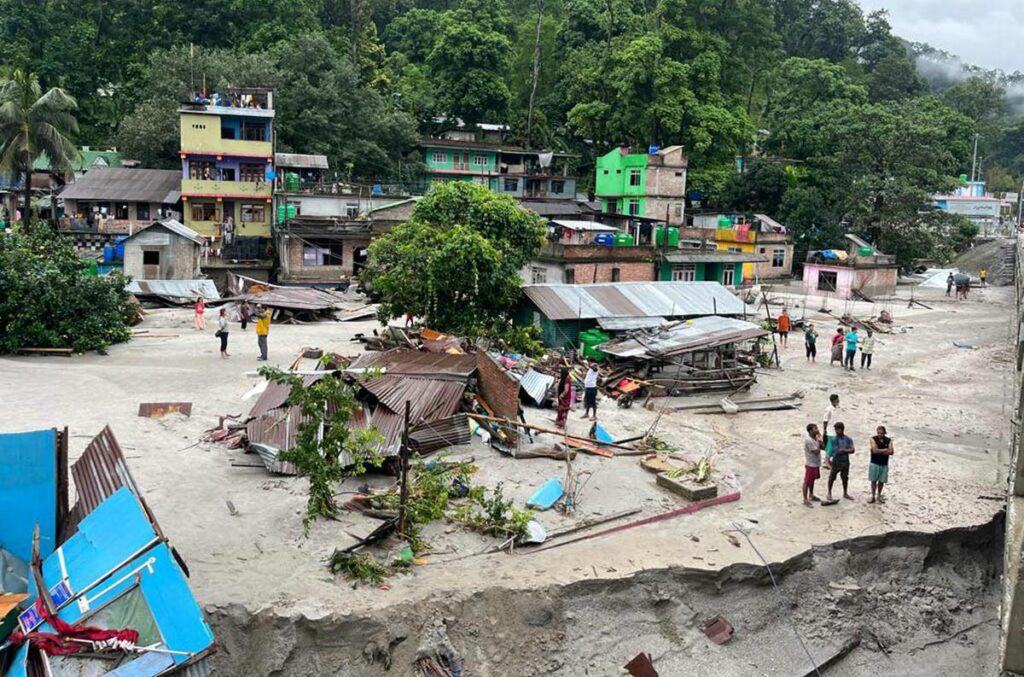
The State of the Cryosphere Report 2023 reveals that in the last 2 years alone, the Swiss Glaciers lost 10% of their ice. The Antarctic sea ice is at an all time low according to the calculations from last summer and winter. Canada’s permafrost cover has been constantly blistered by forest fires this year. There was an abnormal rise in Arctic temperature to the scale of 4-6 degrees celsius. It rained in an odd occurrence in the far inland of Antarctica.
The report warns- “For regions like the Hindu Kush Himalaya, frankly even
1.5°C is too high.” And it calls upon the COP 28 summiteers to decide to make 1.5° a reality and phase out fossil fuels.
It is estimated in the report that if the current pace of global emissions continues, the end of the century will see the warming of the planet by 3°C. Neither the polar glaciers nor the high altitude Himalayan glaciers will survive a 3°C warming, cautions it.
COP 28 Update
In a press meet on Dec 8, the COP 28 President Sultan al-Jaber said, “I also feel a sense that something unprecedented is possible to happen here…we do have the potential to deliver a paradigm shift …centred around and based on the science that keeps 1.5 within reach. An approach that will help redefine global economies and consensus that will put the most vulnerable at the centre of climate action.”
Why Ministerial Pairings are Important for COP 28 to Arrive at Real Results.
When the political phase of COP 28 negotiations began on December 8th, the COP 28 President Sultan al-Jaber proposed a new method to go ahead with the discussions of the days ahead, which is, ministerial pairings.
What do we mean by ministerial pairings and how does that work?
It comes down to pairs of ministers leading consultations on specific issues/areas. There are four pairs of ministers designated to lead four major issues- the global stocktake, mitigation, adaptation and finance.
The global stocktake will be led by the ministerial pair, Barbara Creecy, Minister of Environment, Forestry, and Fisheries, South Africa, and Dan Jørgensen, Minister for Development and Global Climate Policy, Denmark.
The mitigation consultations will be steered by Grace Fu, Minister for Sustainability and the Environment, Singapore, and Espen Barth Eide, Minister of Foreign Affairs, Norway.
The discussions on the issue of adaptation will happen under the leadership of Jennifer McAllister, Assistant Minister for Climate Change and Energy, Australia, and Maisa Rojas, Minister of the Environment, Chile. Maisa Rojas also is a renowned climate scientist.
The deliberations on climate financing will be guided by Yasmine Fouad, Minister of the Environment, Egypt, and Steven Guilbeault, Minister of Environment and Climate Change, Canada.
Sultan al-Jaber has named each of these four consultations, a ‘majlis’, which in Arabic means council. The majlis will officially begin tomorrow, 10th December.
There is very little time for these ministerial pairs to bring all parties to consensus on all these four major issues, that is, they have exactly 48 hours till the COP 28 summit ends.
The selection of the members of these ministerial pairs are lauded as efficient and comprising the best of the world leaders in terms of climate knowledge and commitment.
In a joint press meet of the ministerial pairs, Barbara Creecy, Minister of Environment, South Africa said that equity must reflect across all the aspects of global stocktake. Denmark Minister Dan Jorgensen reminded that “we cannot negotiate with nature” and “words on a piece of paper will not save the planet.”
There is so far no specific response to the Cryosphere Report or decision based on it in the COP 28 summit. Here is an update and summary from the last three days’ COP 28 discussions- The last three days at COP 28 focussed on the youth, children, sports, and urbanisation. The coming days are going to be crucial as the summit has to emerge from the shadow of controversies related to the phasing out of oil and gas and re-assert its achievements such as the approval of a loss and damage fund and the pledge to make food production and distribution systems sustainable. The fossil fuel impasse hopefully will be sorted out. The climate action stocktake also is eagerly awaited. There is a ministerial committee at work to lead the negotiations, to identify “political challenges”, and to find consensus and solutions.
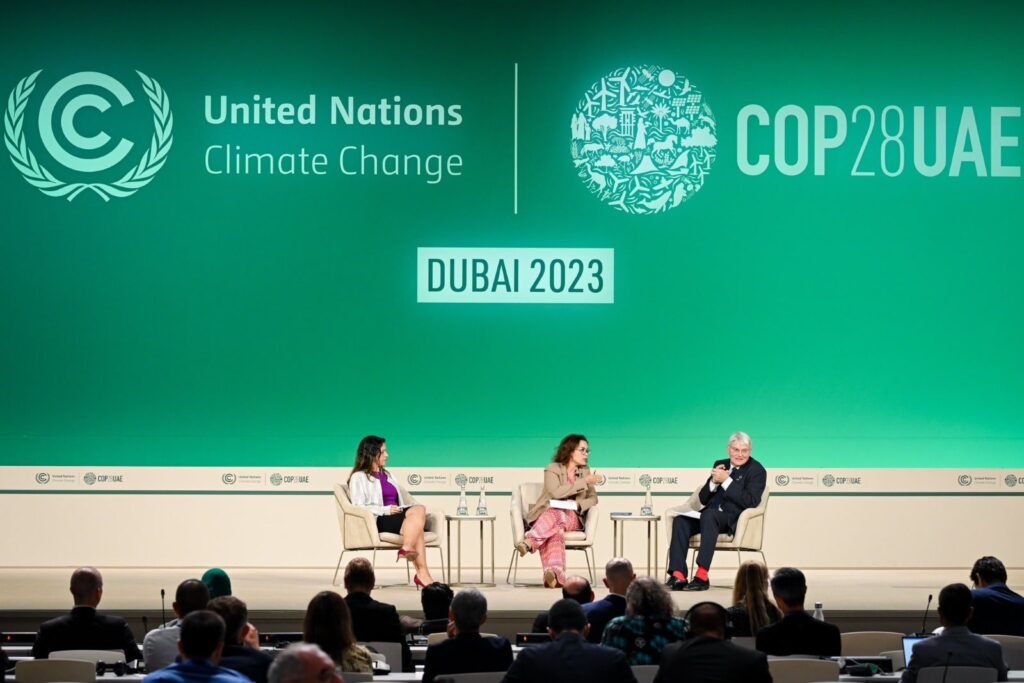
With only 3 days left for the summit to conclude, and no sign of a consensus on either fossil fuels or how to achieve the 1.5 degrees containment of warming, and the world partly losing its trust in the COP 28 President due to his controversial statements about oil and gas, it is disheartening to see the global conference making little headway to save the planet. This is exactly why more than 1000 scientists, CEOs, Mayors, Governors, indigenous people, health professionals, young people and faith leaders have come together to sign a letter addressed to the COP 28 President demanding tangible decisions and action. The letter is as given below-
December 8, 2023, Dubai
As we enter the final days of COP28, we are at a tipping point.
The world and its people need the strongest possible outcome to keep 1.5 degrees within reach. But delivering on this historic task requires us to act like a team.
The signals of transformation and opportunity across sectors and society are all around us. At the same time, the climate emergency is biting harder than ever. It’s up to us to seize this opportunity – because what is achieved here in Dubai must mark a legacy moment which determines the fate of our future generations.
We – CEOs, mayors, governors, investors, Indigenous peoples, health professionals, young people, faith leaders, scientists, athletes and more – stand in courage and resolve with the COP28 President and all Parties in bringing us together behind a rapid response plan to the Global Stocktake.
To reach this positive tipping point, we know we need the following:
An orderly phase out of all fossil fuels in a just & equitable way, in line with a 1.5C trajectory – whilst ensuring the tripling of global renewable energy capacity by 2030 from 2022 levels and the doubling of energy efficiency.
The enabling environment to scale up and shift public and private finance, with developed countries taking the lead in action and support; putting a price on carbon and tripling investments for renewable energy.
The halt and reversal of deforestation and land degradation as well as biodiversity & other ecosystem loss by 2030 and safeguarding the territories of indigenous peoples; ensure resilient food systems and deliver a strong global goal on adaptation.
These outcomes must be supported by the implementation and ratcheting of Nationally Determined Contributions and National Adaptation Plans well before COP30 in 2025 which align with 1.5C and incorporate multi-stakeholder efforts within them.
Later is too late.
Yours,
At the venue of COP 28, today we expect reports on all the successful outcomes of the discussions on all technical matters, led by senior consultants, to be made public.
References:
- State of the Cryosphere 2023, International Cryosphere Climate Initiative.
- Schwanghart et al., (2016), Uncertainty in the Himalayan energy–water nexus: estimating regional exposure to glacial lake outburst floods, Environmental research Letters, vol.11, no.7.
- IISD Earth Negotiations Bulletin.
- UNFCCC Website.
To receive updates on detailed analysis and in-depth interviews from The AIDEM, join our WhatsApp group. Click Here. To subscribe to us on YouTube, Click Here.


